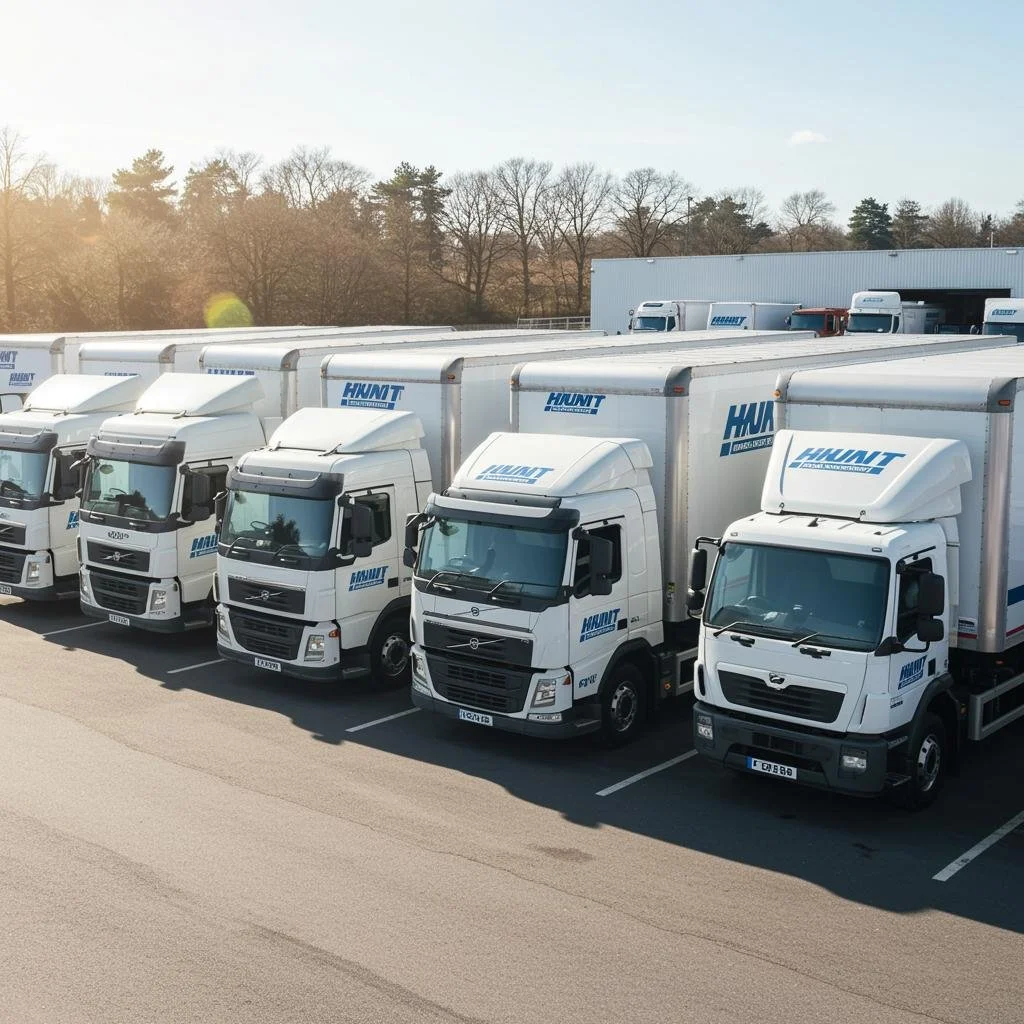Key Components Of Effective Employee Recognition In Organizations
Have you ever worked hard but felt like no one noticed? It can be discouraging. Employees put in time and effort to help a company grow. When work goes unrecognized, motivation suffers. At the end of the day, everyone wants to feel valued.
A simple "thank you" can mean a lot. But true recognition goes beyond words. It creates a positive work culture and boosts performance. What makes employee recognition effective, and how can organizations ensure their efforts make a real impact?
In this article, we take a closer look at the key components that contribute to effective employee recognition within organizations. By understanding these elements, companies can create a more positive work environment and motivate their teams to excel.
No. 1
Clear and Fair Criteria
Recognition should not feel random or unfair. Employees need to know what is being recognized and why. If rewards seem unclear or based on favoritism, they lose meaning.
A strong recognition program has clear guidelines. Organizations should define what behaviors, achievements, or qualities deserve recognition. This ensures that everyone has an equal chance to be acknowledged.
Fairness is key. If only certain employees receive praise while others are overlooked, it can create tension. A well-structured program ensures all employees, no matter their role, have a chance to be recognized. This builds trust and encourages people to put in their best effort.
No. 2
Timely Acknowledgment
Recognition works best when it happens right away. Recognition should be quick. Delays make it less meaningful, and employees may forget why they earned it. Many companies use employee recognition and rewards to streamline this process, ensuring timely and consistent acknowledgment of great work.
A quick "good job" or a formal recognition soon after an achievement reinforces the behavior. It encourages employees to keep up the good work.
Managers should make a habit of recognizing efforts regularly. It should not be something that happens once a year. Frequent recognition keeps employees engaged and motivated.
No. 3
Personalized Approach
Not everyone likes to be recognized in the same way. Some employees enjoy public praise, while others prefer a quiet "thank you" in private.
Knowing how each employee feels comfortable being recognized makes a difference. A personalized approach, especially through employee rewards software, makes the acknowledgment more meaningful.
For example, an employee may feel uncomfortable being called out in a meeting. A personal note or email might be better for them.
On the other hand, someone who enjoys the spotlight may appreciate public praise. Understanding individual preferences helps make recognition more effective.
Monday.com
Your go-to work platform - streamline workflows and gain clear visibility across teams to make strategic decisions with confidence.
No. 4
Tangible Rewards
Real rewards, together with positive words, create an especially powerful recognition experience. The value of appreciation does not need to equal expense.
Employees perceive value when their organization provides them with modest appreciation items, including card purchases and extended rest periods. Rewards that hold significance to employees should become the central focus of recognition programs.
Companies reward their employees through bonus payments together with additional days off and chosen perks, which may include better parking slots within the workplace. The organization might extend chances for progression through its leadership development and training initiatives.
People need recognition beyond what managers offer. Teamwork receives significant support from workplace interactions between colleagues. Workers frequently observe work activities that managers fail to notice through the peer-to-peer recognition system, which enables employees to praise their fellow colleagues.
Team members can use various formats to show appreciation through short public statements and message board posts or handwritten cards, which both effectively improve workplace happiness.
The acknowledgement of peers to employees boosts their motivation even greater. A workplace culture with positive support emerges through this approach.
No. 5
Public and Private Recognition Balance
Successful recognition strategies incorporate recognitions that happen in public events together with those that remain private. Group recognition through public events will spark inspiration within the workforce. The recognition process demonstrates top work quality while building excellent team behavior.
A proper blending of these two methods enables all staff members to feel at ease. Such a combination preserves recognition as a meaningful value without turning it into forced or meaningless recognition. Public recognition of each task completion could eventually diminish its importance.
No. 6
Opportunities for Growth
When organizations choose to invest in the professional development opportunities of their workers, they present outstanding recognition. Employees feel respected when organizations provide promotions and mentorship programs together with skill development opportunities. The majority of employees seek benefits beyond their monthly salary payment.
Providing learning opportunities, leadership training, or chances to take on new responsibilities can be a powerful form of recognition. It tells employees that the company believes in their potential. This not only keeps them engaged but also helps the organization develop future leaders.
No. 7
Consistency in Recognition
Recognition should not happen only during special events. It needs to be a consistent part of workplace culture. If employees only hear praise once a year during performance reviews, it can feel forced. Regular, sincere recognition helps keep morale high year-round.
Managers should make it a habit to acknowledge good work. Setting up a system where employees are recognized consistently ensures that no one is overlooked. Whether it’s a small compliment, an employee of the month program, or a structured employee rewards platform, regular recognition keeps employees motivated.
No. 8
Inclusive Recognition
All employees contribute to a company’s success. Recognition should not be limited to high-level performers or specific teams. Support staff, entry-level workers, and behind-the-scenes employees also deserve appreciation.
Inclusivity in recognition means acknowledging efforts across all roles. Everyone should feel that their work matters. When all employees feel valued, it leads to a stronger, more united workplace.
No. 9
Encouraging a Culture of Recognition
A workplace culture where recognition happens naturally is the most effective. It should not feel like an extra task but rather a normal part of daily interactions. Leaders should set an example by recognizing employees often.
Encouraging employees to appreciate each other also helps. When recognition comes from all levels, it creates a positive and engaged workforce. Small gestures, like saying “great job” or writing a thank-you note, contribute to a culture of appreciation.
No. 10
Adapting to Employee Needs
Workplaces change, and so do employees' needs. What works one year may not be as effective the next. Organizations should regularly assess their recognition programs. Gathering feedback from employees helps make improvements.
Surveys, one-on-one meetings, and open discussions can help leaders understand what employees appreciate most. Adapting recognition efforts based on feedback ensures they stay meaningful and relevant.
The Impact of Effective Recognition
When employees feel recognized, they are more engaged and productive. They take pride in their work and are more likely to stay with the company. Effective recognition builds loyalty, strengthens relationships, and improves overall workplace happiness.
Organizations that prioritize employee appreciation see better results in performance, teamwork, and retention. A simple “thank you” can go a long way, but a well-thought-out recognition system makes an even greater difference.
FAQ
Why is employee recognition important for mental well-being?
Employee recognition helps reduce stress and burnout. When employees feel appreciated, they experience higher job satisfaction and lower anxiety levels. This contributes to a healthier and more positive work environment.
How can small businesses implement employee recognition without a big budget?
Small businesses can focus on low-cost recognition methods like verbal praise, handwritten notes, or extra time off. A simple “thank you” or a small team celebration can be just as impactful as monetary rewards.
What role does leadership play in making recognition effective?
Leaders set the tone for workplace culture. When managers regularly acknowledge their teams, it encourages others to do the same. Consistent recognition from leadership fosters trust and engagement across the organization.
Takeaways
Creating a culture where appreciation is a regular part of work-life benefits everyone. Employees feel motivated, teams become stronger, and companies see greater success. Recognition is not just a nice thing to do—it is the powerful employee recognition tools that drive both individual and organizational growth.
Looking for Business Resources?
Are you seeking ways to elevate your business to new heights? Dive into the array of resources provided by our esteemed business partners designed to empower your ventures.































